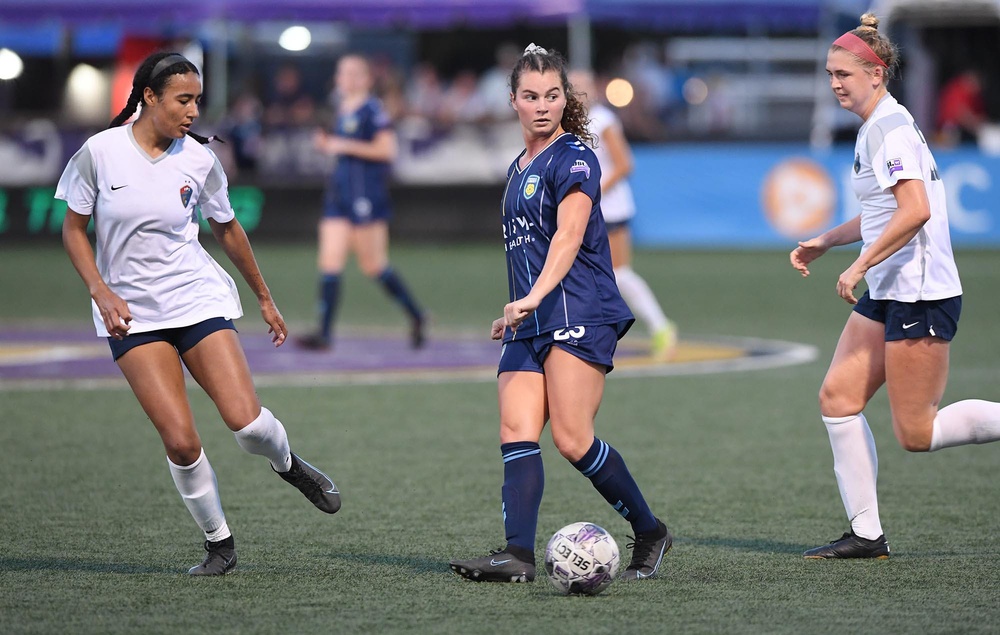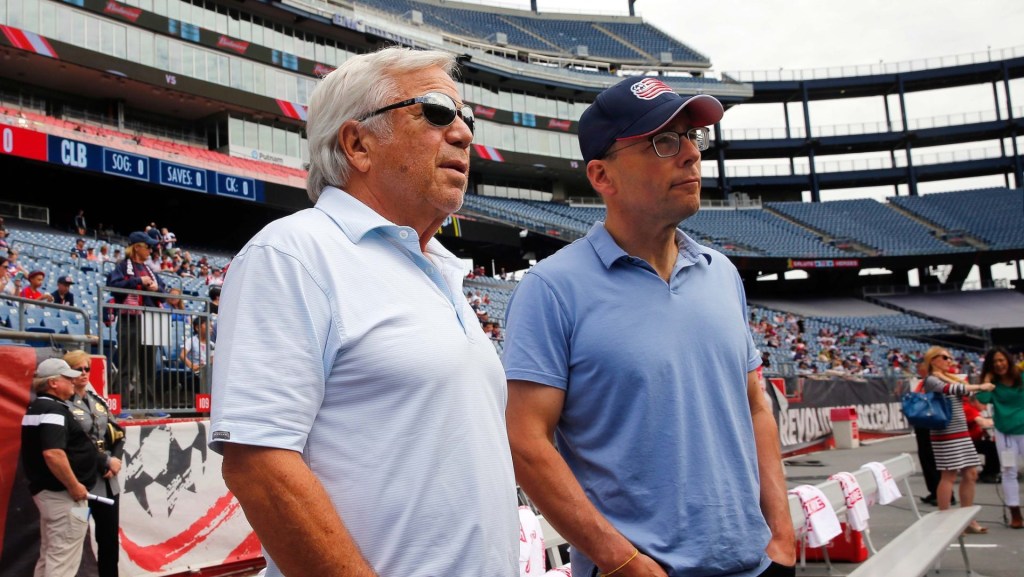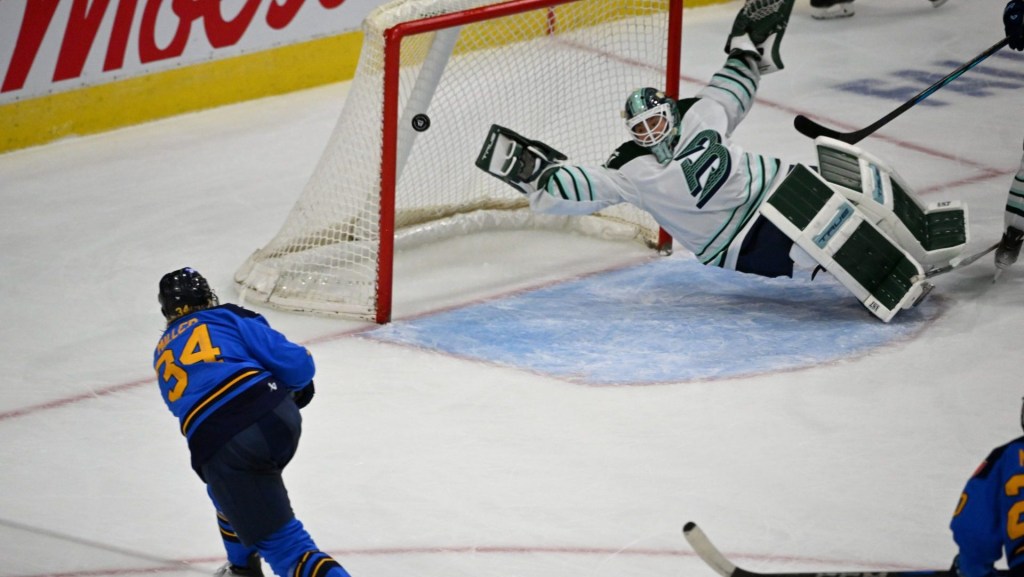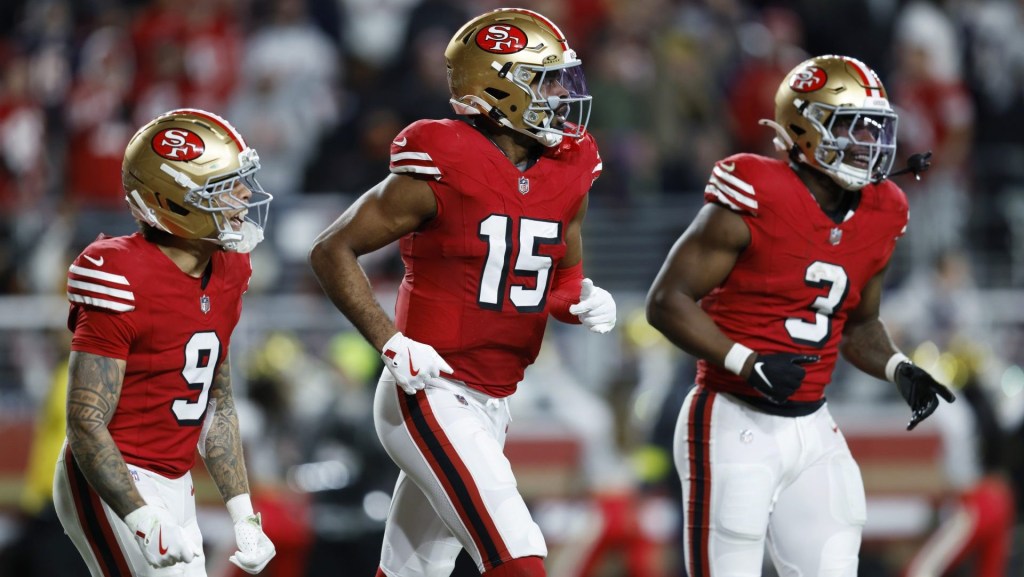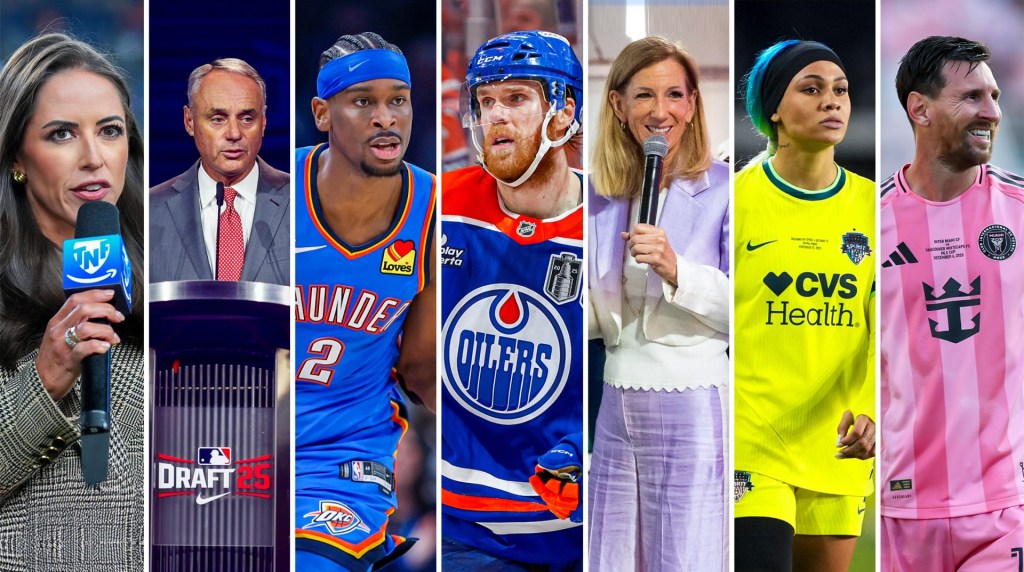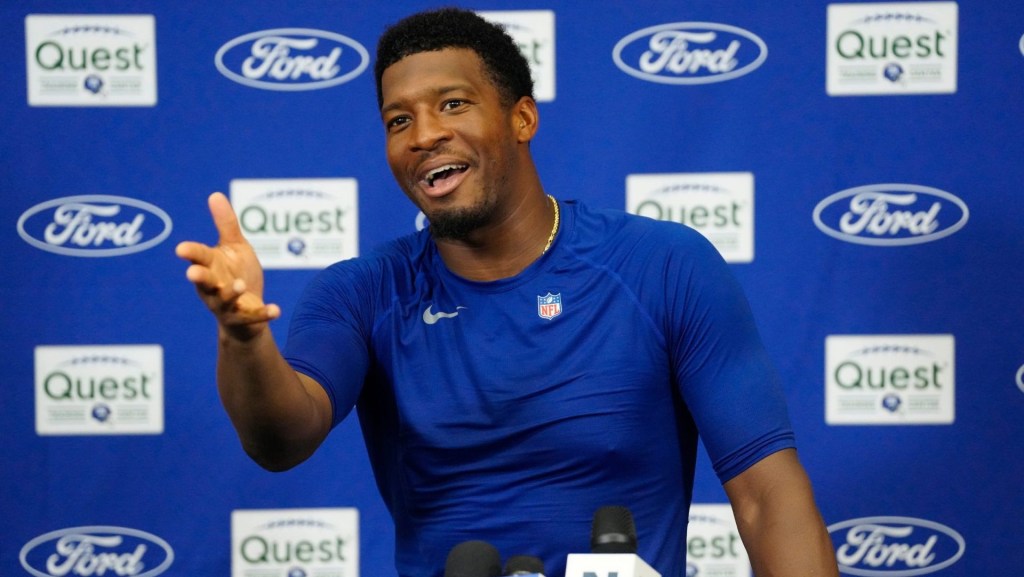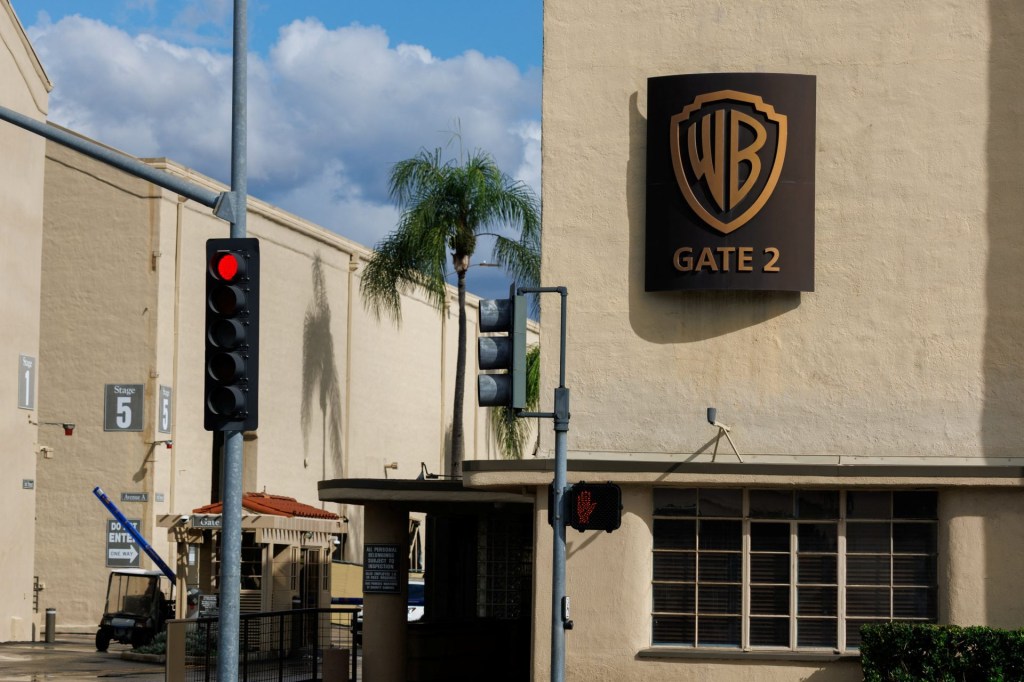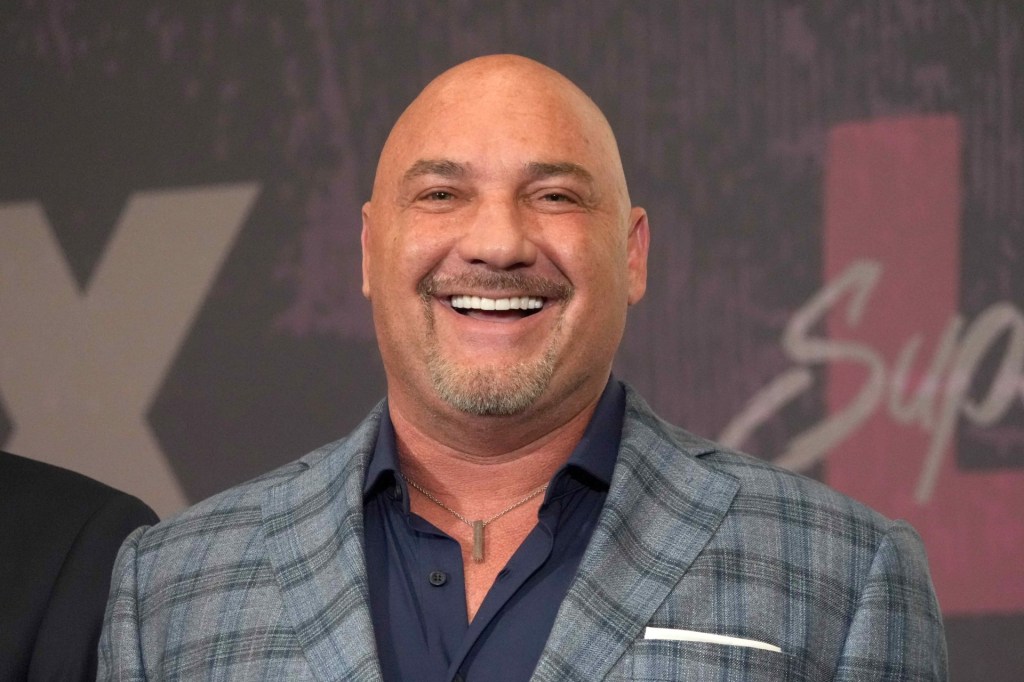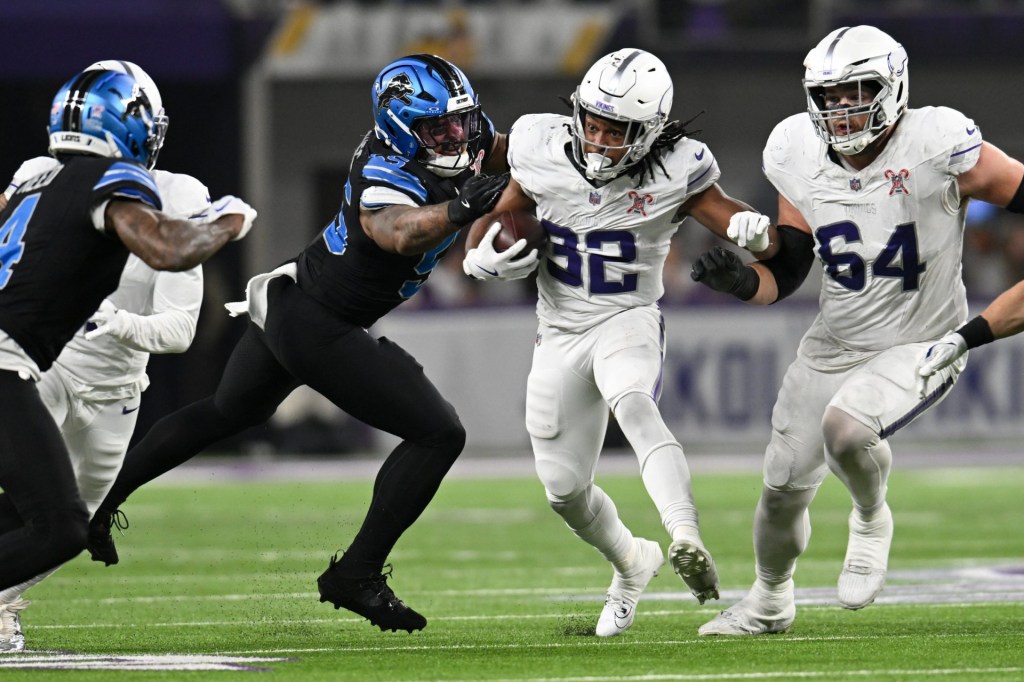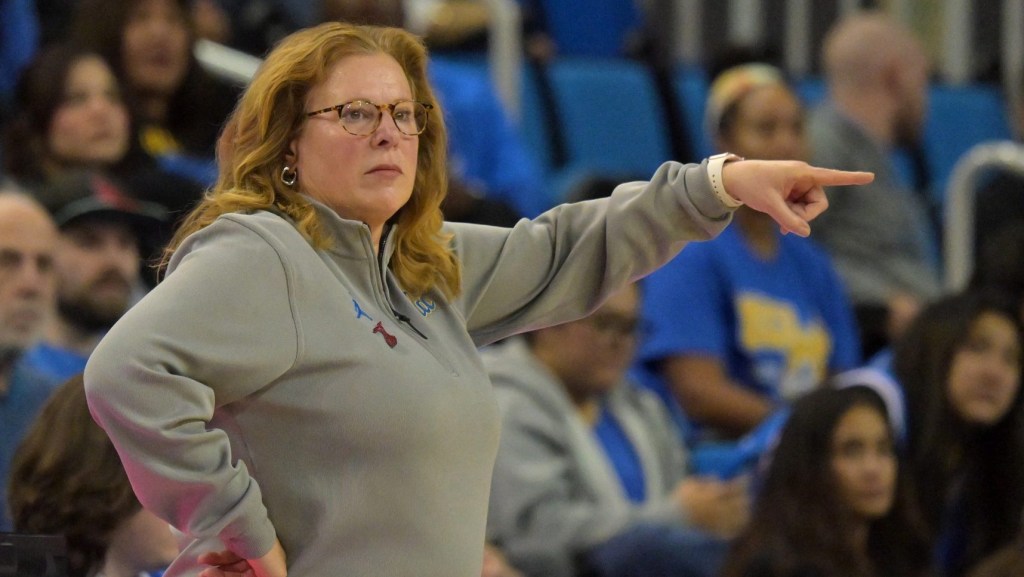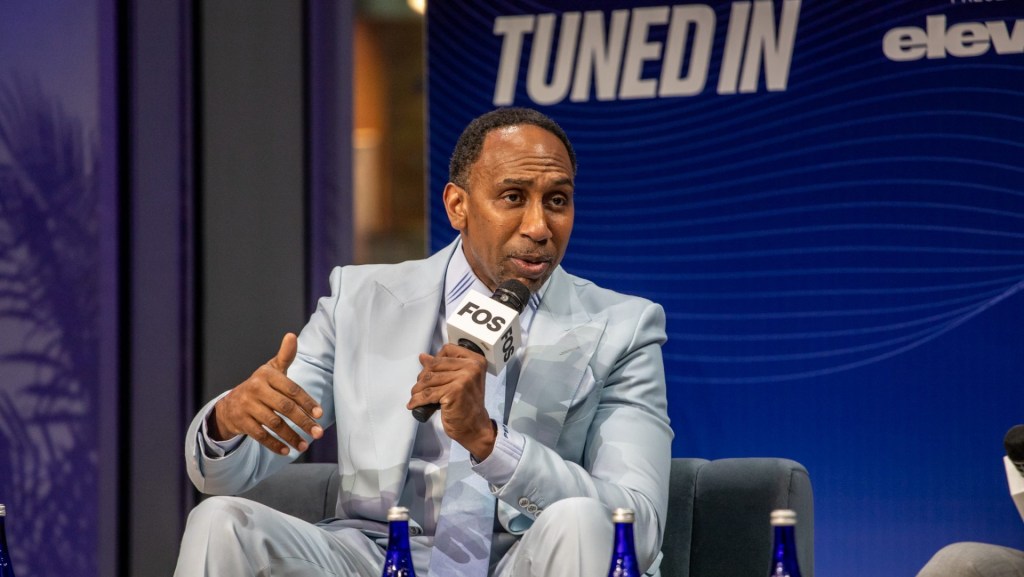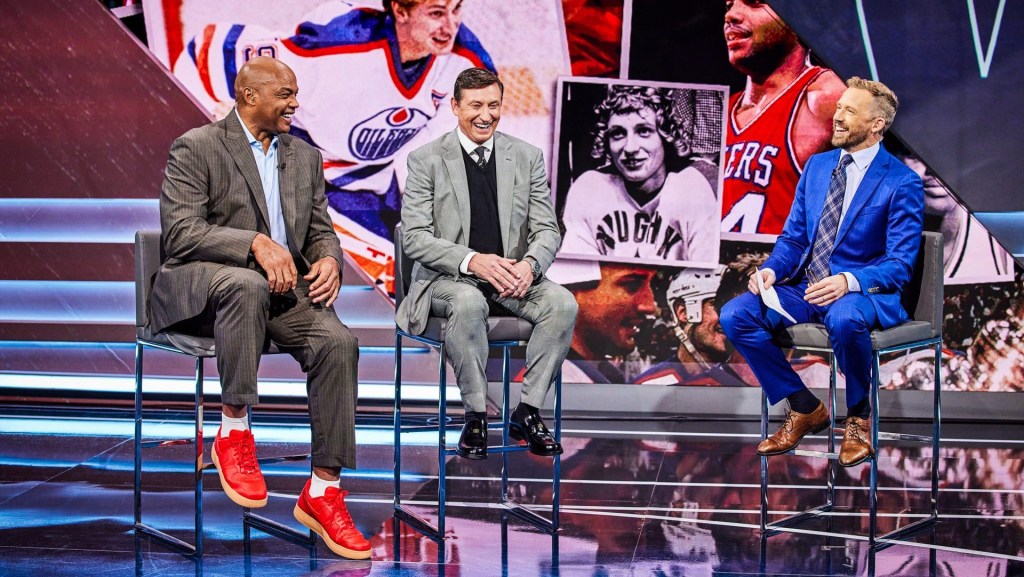With the NWSL on pace for another record year midway through this season, a potential rival pro women’s soccer league—at least some see it that way—is just six weeks away from launching.
In February, the USL Super League received the same Division I sanctioning from the U.S. Soccer Federation that the NWSL has. Last month, the upstart competition completed its next major step: a national media-rights deal with Peacock. While the pact doesn’t compare to the reach or financial impact of the NWSL’s $240 million deals, it does give the new women’s league a streaming platform with more than 30 million subscribers and the muscle of a major media company in NBCUniversal.
The rights deal is not a traditional one, though, and comes with an intriguing caveat. Front Office Sports spoke with key officials involved in its creation to break down the expanding pro women’s soccer landscape.
How Much Is It Worth?
Creating revenue will be key for the USL Super League, which is launching with eight clubs and lists eight more potential expansion markets on its website.
While specific financial details of the Peacock deal weren’t revealed, an NBCU executive admitted it’s not a standard contract. “If you’re in the USL’s shoes, with a startup league, it’s not necessarily the easiest thing in the world to get a major media company excited about a traditional rights arrangement,” says Will McIntosh, the president of NBC Sports Next, which is a technology division of the media giant that led talks with the USL.
That’s why the two parties got creative. In addition to USL Super League streaming on Peacock—or perhaps in exchange for—there’s another element to the deal. Broadcasts from pre-professional competitions USL League Two and USL W League will appear on SportsEngine Play, an NBC-owned streaming service that until now has aired only youth sports.
“There was this opportunity for the USL to be a big anchor partner for SportsEngine Play, as we’re building it,” McIntosh explains. “At the same time, they had a need for a major media partner and streaming platform like Peacock for their professional endeavors.”
So, is Peacock paying for the USL rights? Yes and no. “The USL will end up benefiting tremendously economically from this,” says McIntosh. “It won’t necessarily look like a typical rights arrangement because the value is coming from a variety of places.”
There were multiple parties interested in acquiring the USL Super League rights, according to Court Jeske, the USL’s chief commercial officer. The top two USL men’s leagues have broadcast deals with ESPN and CBS. In addition to the Peacock distribution, Jeske says that Super League clubs “will have the ability to have select matches highlighted with local linear partners.”
The NWSL Question
“We don’t really look at it compared to NWSL,” Jeske says of the USL’s long-term strategy for its new women’s league. But the comparisons are unavoidable.
When the USL Super League launches in mid-August, it will run alongside the NWSL for about two and a half months before the latter’s championship game in early November. Operating on the traditional fall-to-spring international soccer calendar, the upstart league will have its own spot over the winter, before the NWSL restarts in March.
“It’s undoubtable that they’re gonna be viewed as competitors over time,” McIntosh says. But both he and Jeske are bullish on the belief that there’s enough talent in the U.S. to support two women’s leagues, and until now not enough playing opportunities. Soon, we’ll see if that hypothesis is true.
